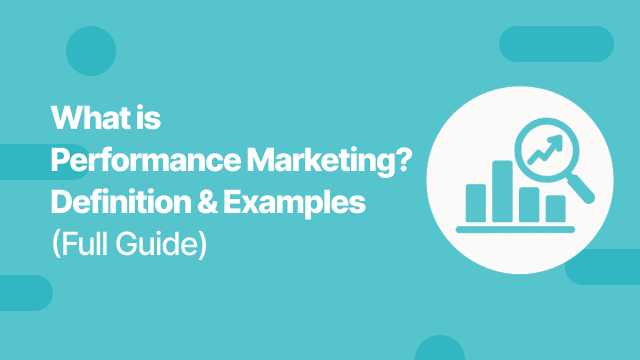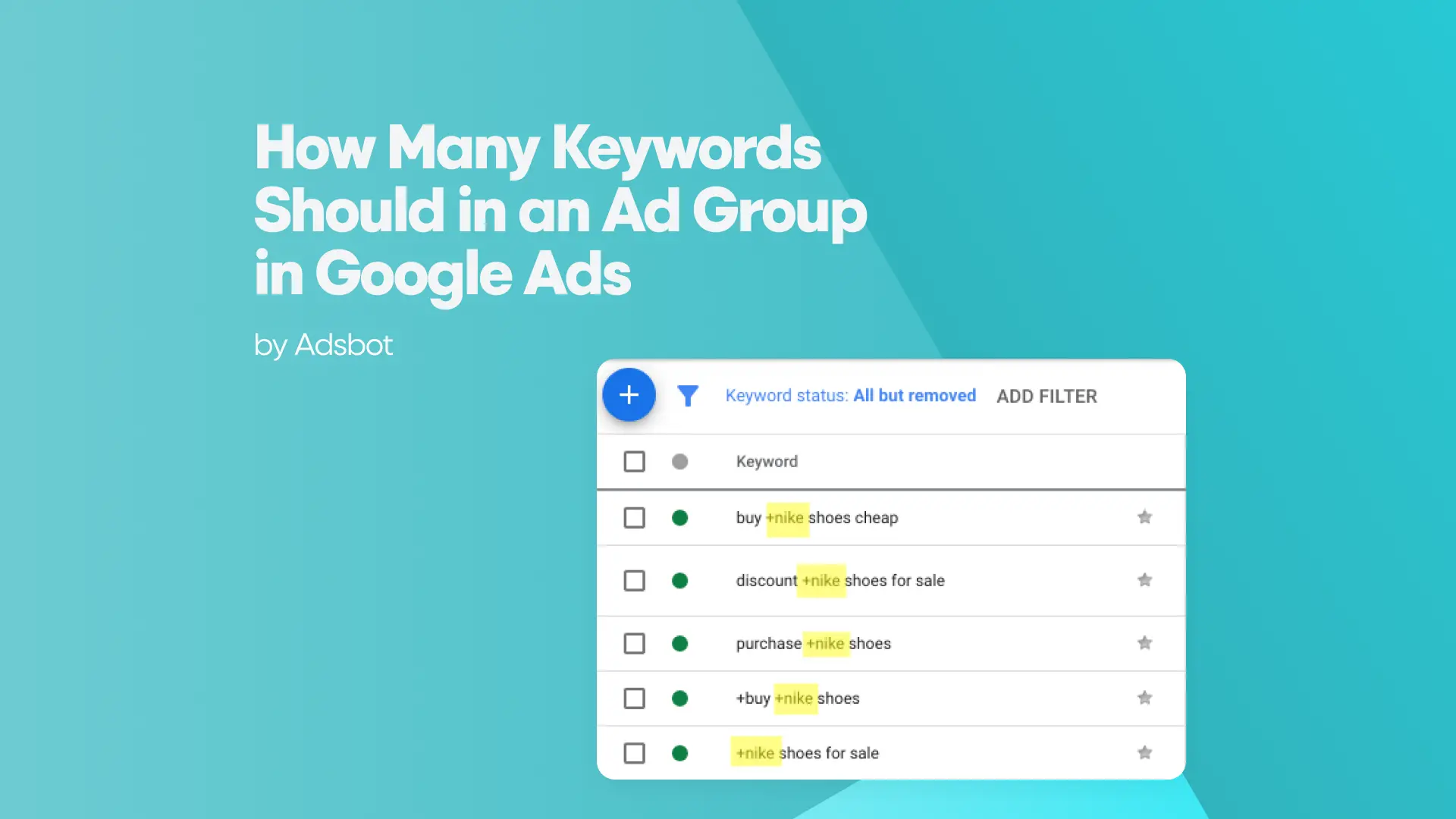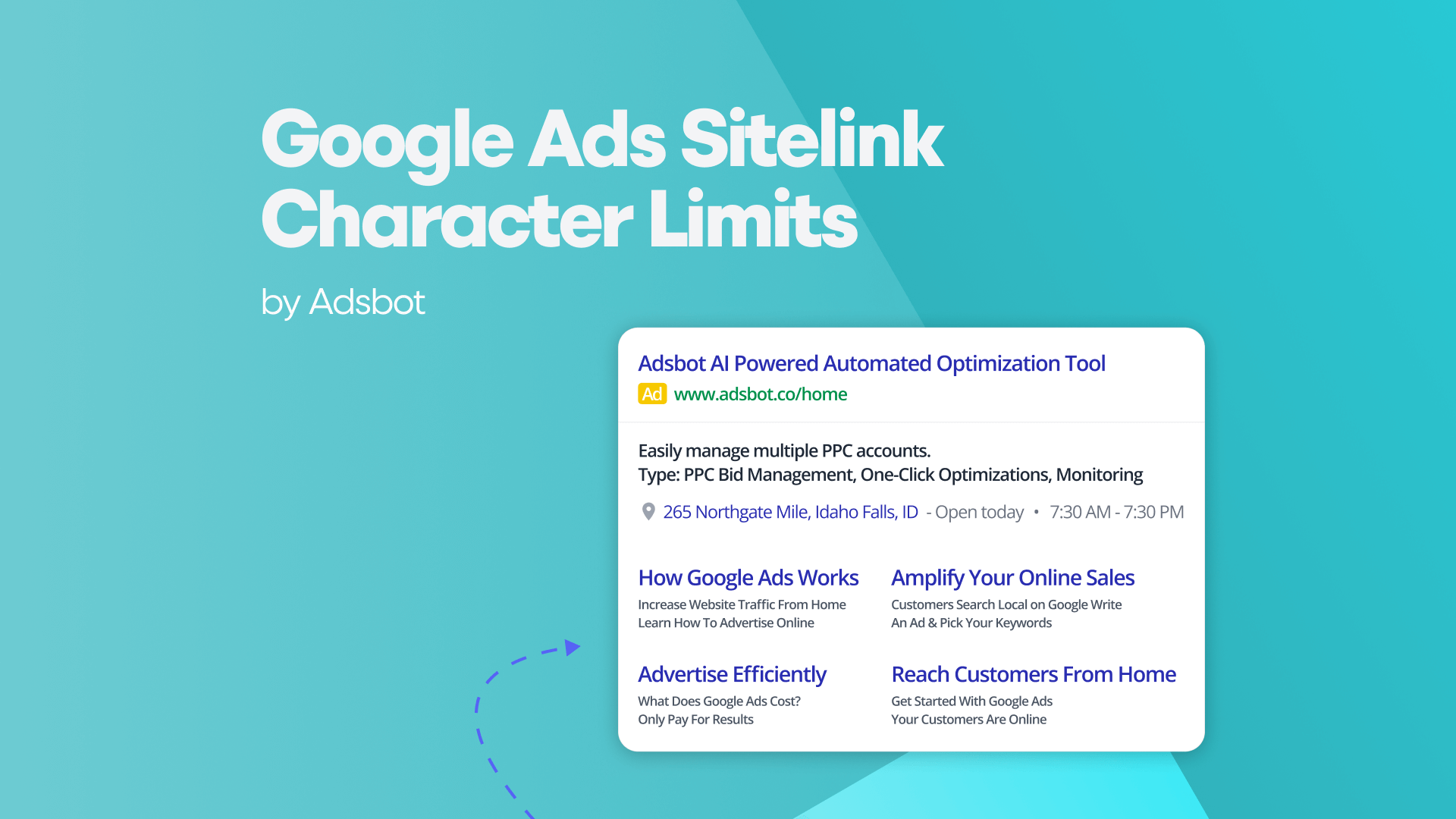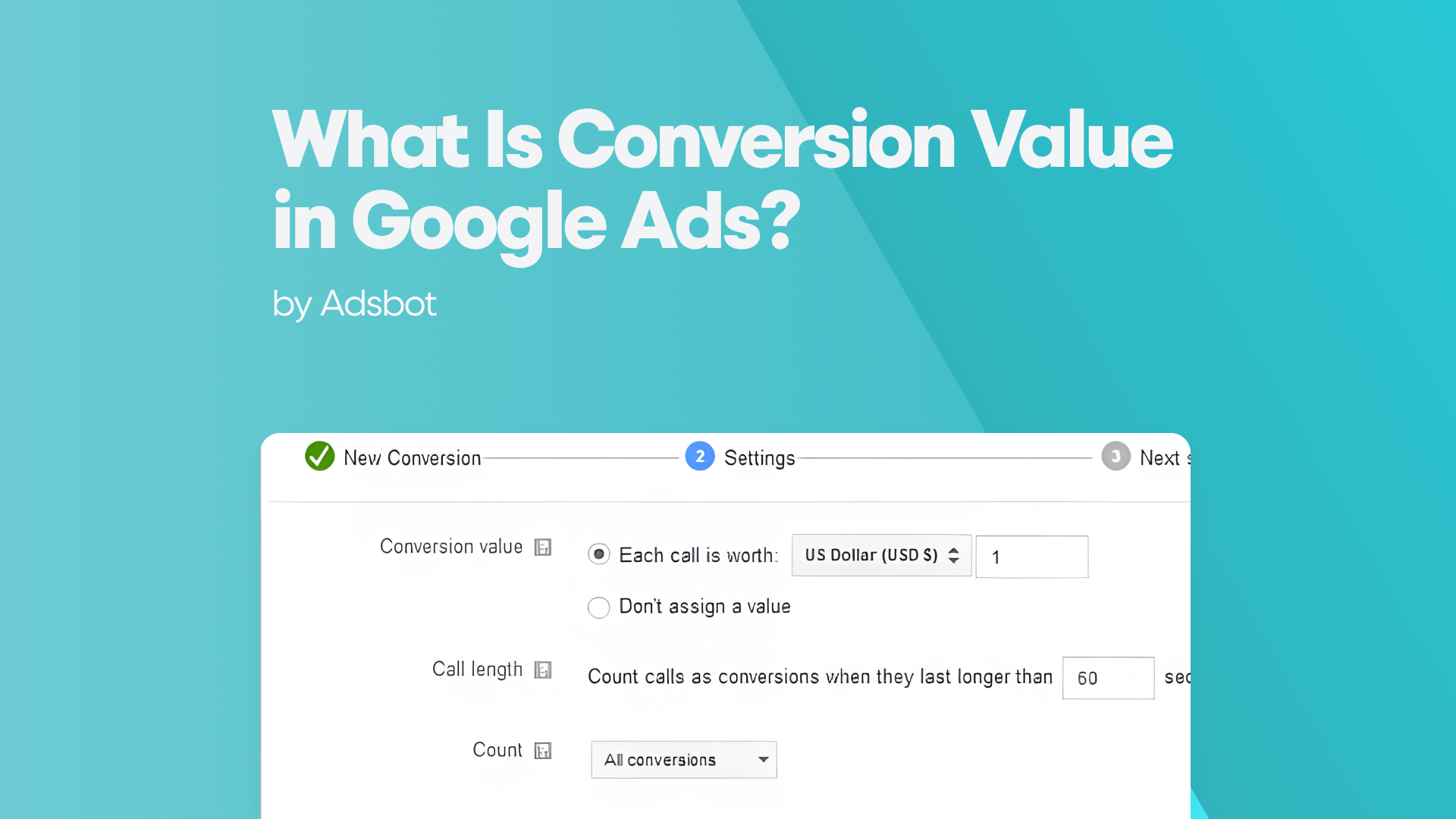Performance marketing has become one of the most effective ways for businesses to ensure that their advertising dollars are spent efficiently. It focuses on measurable results and tangible outcomes, making it an attractive option for companies looking to maximize their marketing budget. In this full guide, we will explain the concept of performance marketing, how it works, the different types of performance marketing, and provide real-life examples to illustrate its effectiveness.
What is Performance Marketing?
Performance marketing is a type of digital marketing in which advertisers only pay for specific actions or results generated by their ads. These actions can include clicks, conversions, leads, sales, or any other measurable outcome. Unlike traditional advertising, where advertisers pay based on impressions or reach, performance marketing is results-driven and ensures that every dollar spent is tied directly to an outcome.
The performance marketing definition can be summarized as a marketing strategy where costs are based on the achievement of a particular action. Advertisers are able to optimize their ad spend based on these measurable actions, ensuring higher ROI. In other words, performance marketing is the most efficient way to run ads because the payment is based on performance rather than just visibility.
Types of Performance Marketing
There are several types of performance marketing, each focused on achieving specific results. These include:
- Cost Per Click (CPC): Advertisers pay every time someone clicks on their ad. This is ideal for driving traffic to websites or landing pages.
- Cost Per Acquisition (CPA): This model focuses on conversions, meaning the advertiser pays when a user takes a specific action, like making a purchase or signing up for a service.
- Cost Per Lead (CPL): Advertisers pay when a user submits their contact information, such as email or phone number, usually through a form.
- Cost Per Thousand Impressions (CPM): While typically not a performance-based model, CPM is sometimes used in performance-based advertising when combined with other metrics for broader campaigns.
- Revenue Sharing or Commission-Based Performance: A model where advertisers pay a commission based on the sales or revenue generated from the ads, typically used in affiliate marketing.
Each type of performance marketing has its strengths, and the right model depends on the campaign objectives and the type of business you’re running.
What are Key Metrics in Performance Marketing?
The success of performance marketing campaigns is measured by specific metrics that align with the business goals. Some key metrics include:
- Conversion Rate: The percentage of users who take the desired action, such as making a purchase or signing up for a newsletter.
- Click-Through Rate (CTR): The ratio of users who click on an ad to the number of users who saw the ad.
- Return on Ad Spend (ROAS): This metric measures how much revenue is generated for every dollar spent on advertising. It is an essential metric in performance marketing to assess the campaign’s profitability.
- Cost Per Action (CPA): As mentioned earlier, this is the cost paid for each specific action taken by the user, such as a sale or a form submission.
- Customer Lifetime Value (CLV): This measures the total amount a customer will likely spend with your business during their lifetime.
By tracking these metrics, advertisers can adjust their strategies to ensure that their performance marketing efforts are yielding the desired results.
How Does Performance Marketing Work?
In performance marketing, the process revolves around creating ads that encourage specific actions from users. Here’s how it typically works:
- Ad Creation: Advertisers create engaging ads that target their audience based on demographics, behavior, and interests.
- Campaign Launch: The ad is launched across various platforms, such as search engines, social media, display networks, or affiliate marketing channels.
- Action Triggers: Ads are designed to encourage users to take specific actions, such as making a purchase, downloading an app, or signing up for a service.
- Tracking & Measurement: Every action taken by users is tracked through cookies, pixels, or tracking links. This data is used to measure performance and make necessary adjustments to improve results.
- Payment for Results: Advertisers pay only when a user takes the desired action, such as clicking on an ad, completing a form, or making a purchase.
Performance-based ads rely heavily on data, which is why optimizing for performance and continually adjusting your campaigns is critical.
What are the Benefits of Performance Marketing?
There are several compelling benefits to using performance marketing, including:
- Cost Efficiency: Since advertisers only pay for actual results, they can ensure that their marketing budget is being spent efficiently. This reduces waste and ensures a higher return on investment (ROI).
- Measurability: Performance marketing allows advertisers to measure the effectiveness of their campaigns with clear metrics. This makes it easier to see what’s working and what’s not.
- Scalability: As your campaign starts to yield results, you can scale up your efforts, knowing that additional ad spend will directly lead to more conversions or sales.
- Flexibility: Advertisers have the flexibility to adjust targeting, creatives, and bids to optimize performance throughout the campaign lifecycle.
- Better Targeting: Since performance marketing is often data-driven, advertisers can reach a more precise audience, increasing the likelihood of achieving the desired outcome.
Performance Marketing Examples
Here are some examples of performance marketing in action:
- Affiliate Marketing: An affiliate marketer promotes a brand’s products and earns a commission for every sale made through their referral link. This is a classic example of performance-based advertising.
- Google Ads (CPC): A business uses Google Ads to target users who search for specific keywords. The business pays every time someone clicks on their ad, making it a perfect example of performance marketing.
- Social Media Ads (CPA or CPL): A company runs ads on Instagram, Facebook, or LinkedIn to drive users to sign up for a newsletter or make a purchase. The advertiser only pays when the user completes the desired action.
- Display Ads (CPM + Conversion Tracking): A brand may use display ads to drive traffic to a landing page. Through performance metrics, the ad’s effectiveness is continuously measured and optimized.
These examples demonstrate how different types of campaigns can use performance marketing to achieve specific results, whether that’s driving traffic, generating leads, or increasing sales.
How to Measure Performance Marketing?
To measure the success of performance marketing, you need to track the key metrics we discussed earlier. But beyond tracking metrics, here’s how to measure the overall effectiveness:
- Define Clear Goals: Set clear objectives for your campaign, whether it’s increasing sales, generating leads, or improving brand awareness.
- Use Analytics Tools: Platforms like Google Analytics, Facebook Ads Manager, and others offer robust tracking and analytics tools to measure performance.
- A/B Testing: Test different ad variations to see which performs best. Constantly refine your strategy based on the results.
- Track ROI: Regularly track your Return on Investment (ROI) to ensure that your performance marketing efforts are generating more revenue than the cost of running the ads.
What to Consider in Performance Marketing?
When implementing performance marketing, keep the following in mind:
- Targeting: The more precise your audience targeting, the better your results will be. Make sure you are reaching the right people.
- Creative Assets: Your ads need to be engaging and relevant to the audience you are targeting. High-quality images, compelling copy, and clear calls-to-action are essential.
- Budget Management: Monitor and optimize your budget to avoid overspending on underperforming campaigns.
- Platform Selection: Choose the right platforms for your performance-based advertising. Google, Facebook, Instagram, and affiliate networks all offer unique advantages depending on your business and goals.
Conclusion
Performance marketing is a highly effective way to drive measurable results while ensuring your advertising budget is spent wisely. By understanding the performance marketing meaning, its various types, and how to track and optimize campaigns, businesses can create targeted, cost-efficient campaigns that drive conversions and sales. Whether you’re looking to run performance-based ads or dive deeper into performance marketing, this approach offers a powerful way to achieve your marketing goals.
Popular Posts
-
How Many Keywords Should Be In an Ad Group in Google Ads?
Ever wondered if your Google Ads campaigns are packed with…
Read more -
Google Ads Script for Dummies: An Introduction
Imagine you have an e-commerce website that sells licensed superhero…
Read more -
Google Ads Sitelink Character Limits
Your Google Ads are cutting off in the middle of…
Read more -
What Is Conversion Value in Google Ads?
What if you could put a price tag on every…
Read more
Register for our Free 14-day Trial now!
No credit card required, cancel anytime.





